4 August 2023
Call the midwife! Looking back at our Mothers' Hospital
George Tanton
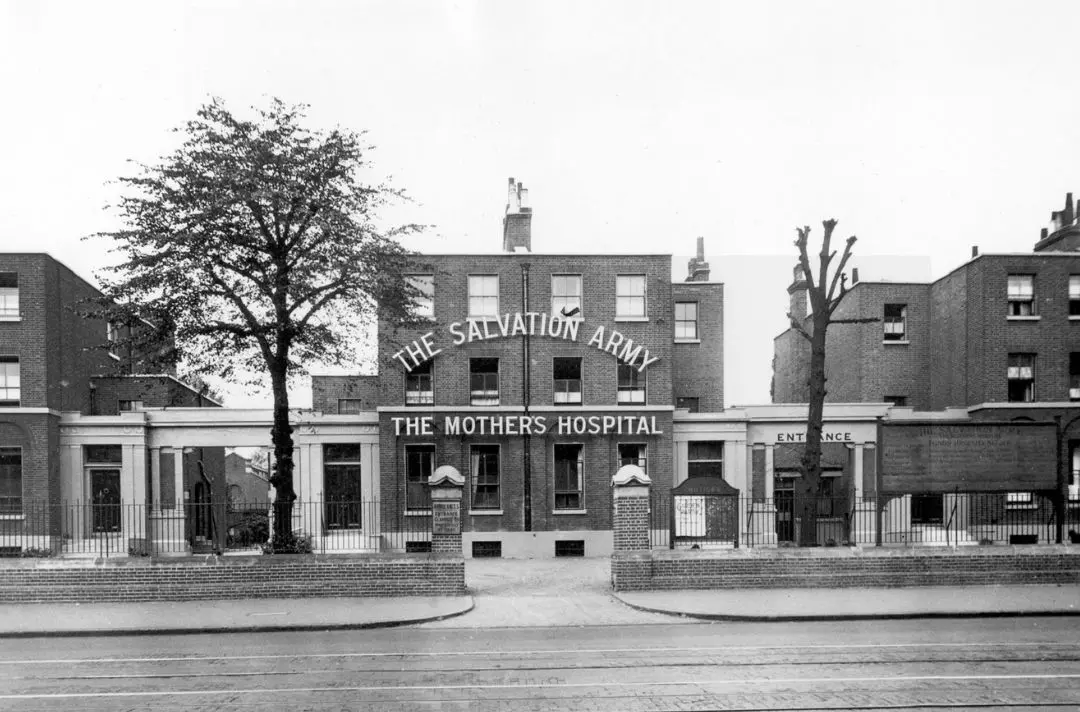
George Tanton explores how the Army’s social work expanded with the Mothers’ Hospital in Hackney, London.
Transferred to NHS management in 1948, the Mothers’ Hospital of The Salvation Army on Lower Clapton Road in London assisted pregnant women throughout the First and Second World Wars, economic depression and into the latter 20th century.
Established in 1913, the Mothers’ Hospital was a Salvation Army initiative to expand on its work providing social provision for unmarried and impoverished expectant mothers in east London. In an interview given to the Daily News, Commissioner Adelaide Cox explained: ‘In all London there is very little maternity accommodation for unmarried mothers, except in workhouse infirmaries.’
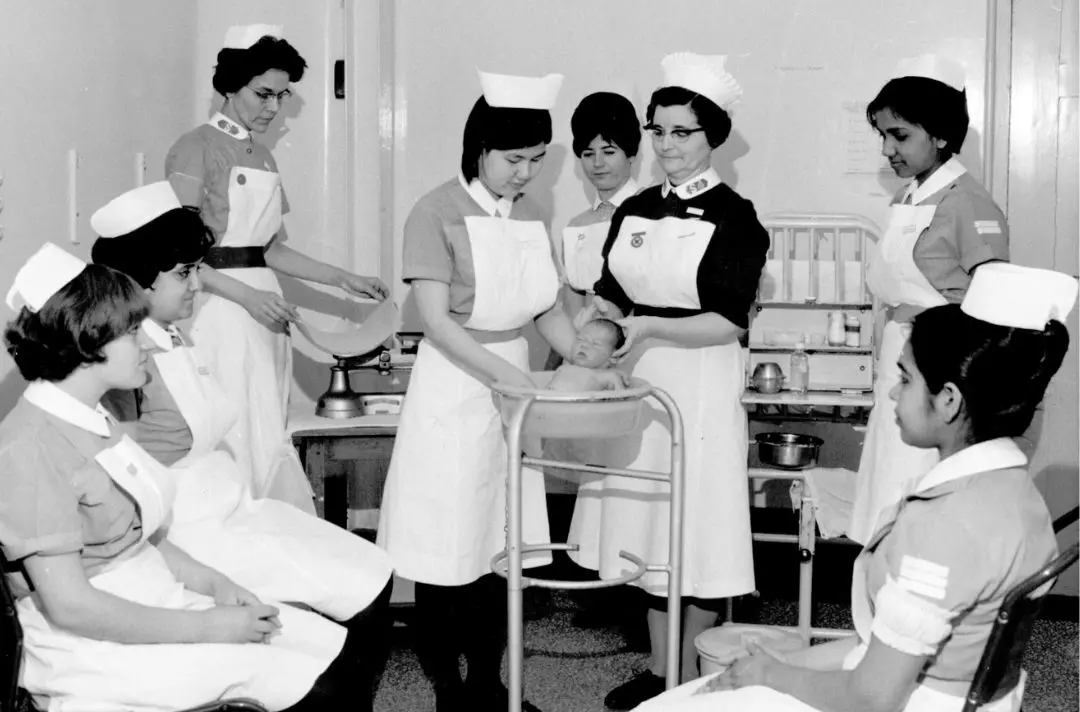
Consequently, the hospital was a revolutionary initiative in British social relief. Midwives at the hospital were Salvationists and, following the Midwives Act 1902, were all trained to the standards of the London Obstetrical Society and approved by the Central Midwives Board.
Formally opened by Princess Louise, Duchess of Argyll (and daughter of Queen Victoria), the hospital was originally equipped with 48 beds and was to provide for 600 pregnancies a year. However, services and provision at the hospital grew larger as demand for its services intensified – in particular, during the First and Second World Wars.
In 1915 growing casualty lists from the theatres of war led to a rise of widowed and destitute women entering maternity hospitals. In July of that year, an article printed in The Deliverer, a publication recording the Women’s Social Work of The Salvation Army, indicated that the rise of ‘war babies’ could be blamed on the growing presence of military camps across the country. ‘The need for maternity hospitals and homes [is] a very real one,’ read the report, ‘especially for the young woman who has been cruelly led astray.’
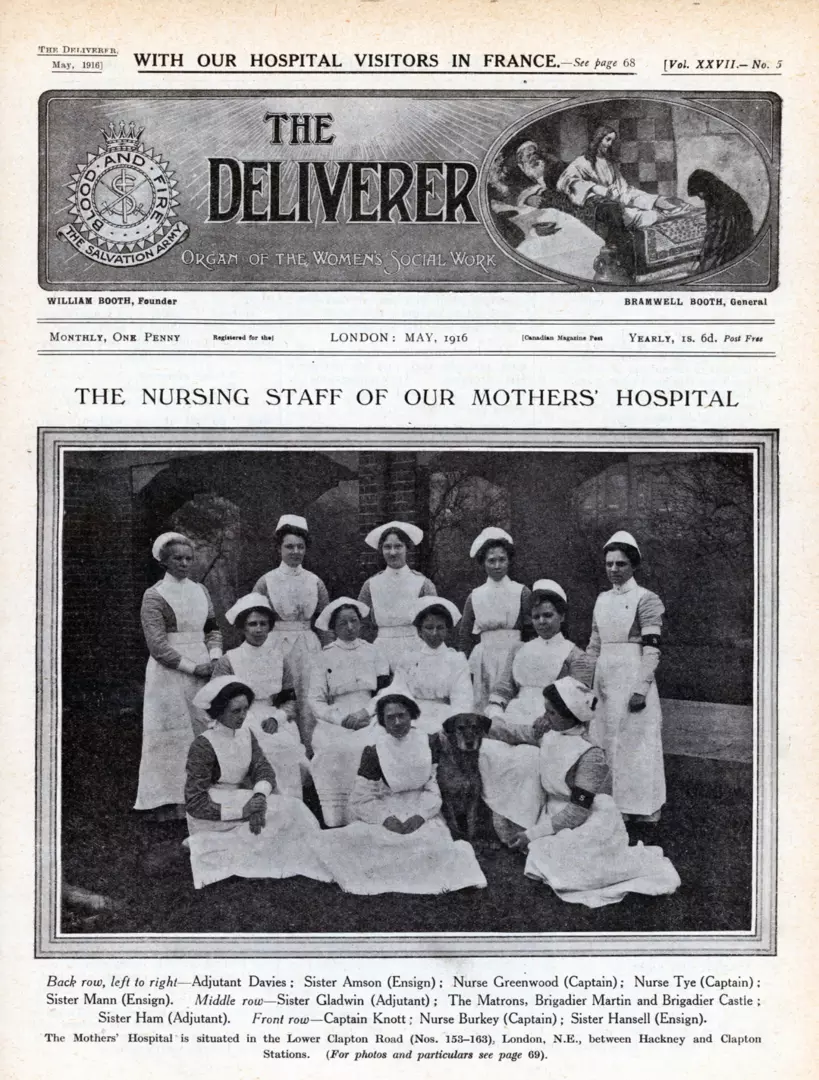
The Mothers’ Hospital also cared for refugee mothers and their children. A report published in the Army publication The Social Gazette in July 1916, said: ‘Certainly the cosmopolitan character of The Salvation Army’s work is well demonstrated ... for at the time of writing there were in the hospital babies of French, Dutch, Russian, Belgian, Danish and Chinese nationality, the offspring of aliens in England who were needing a helping hand.’
In the 1930s, the hospital expanded considerably, including the construction of additional wards, an isolation block and an outpatients department. During the Second World War, the hospital acquired Willersley Castle in Derbyshire and Bragborough Hallin Northamptonshire to evacuate its residents. However, the hospital continued to provide for expectant mothers who could not – or refused to – leave London. An air-raid shelter was built within the grounds for staff members and patients. Between September 1939 and August 1945, the hospital witnessed the birth of 6,587 babies on its wards.
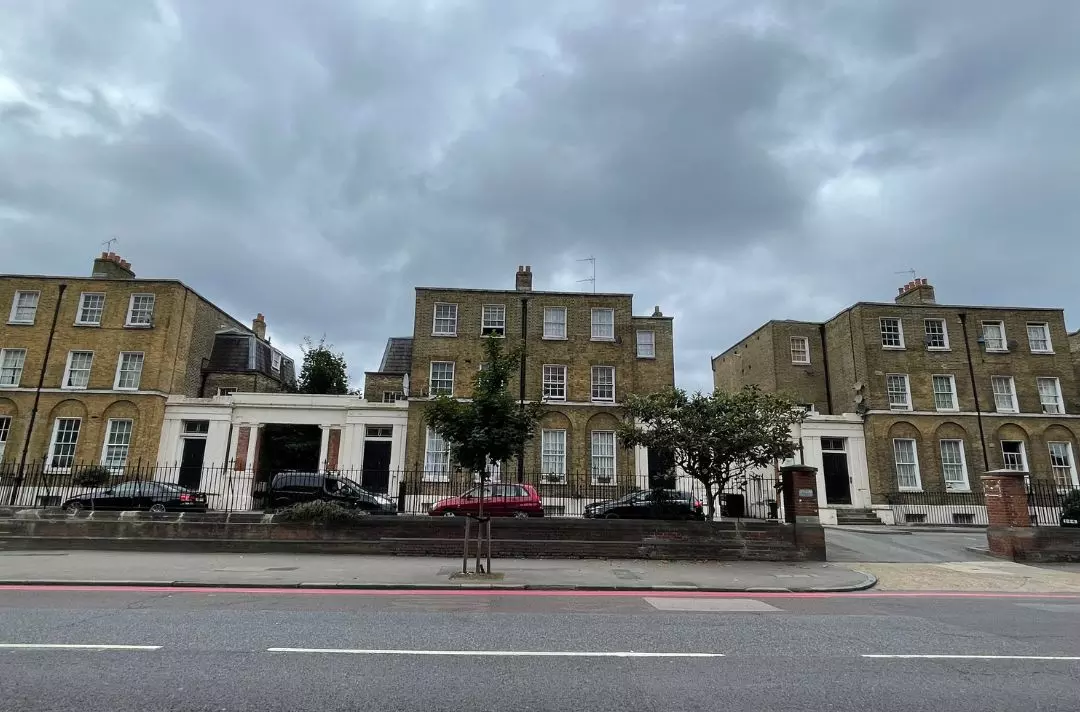
With the creation of the NHS in 1948, the hospital became part of the Hackney Group of Hospitals. Salvationist midwives remained in their jobs and continued to serve there until the building’s closure in 1986, with all obstetric services transferred to Homerton Hospital.
The Mothers’ Hospital had witnessed the births of thousands of children and provided vital maternity services in London for 73 years. Today, many Salvationists continue to serve with care and compassion in the NHS.
Written by

George Tanton
Editorial Assistant
Discover more
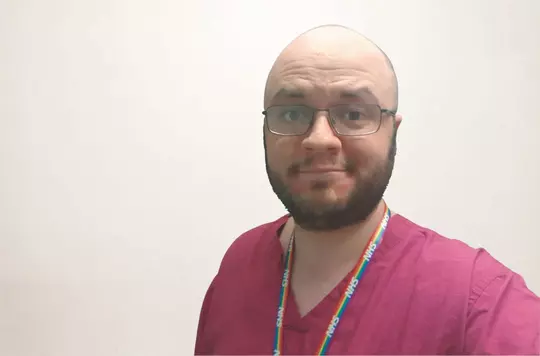
Captain Daniel Holland talks to Lyn Woods about nursing, becoming an officer and serving during the pandemic.
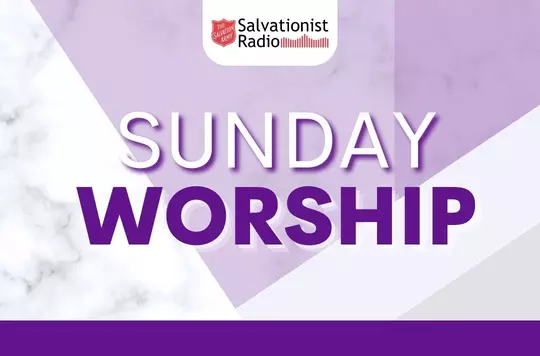
Celebrate Founders' Day – the birthday of The Salvation Army – with guest speaker Captain Callum McKenna.

Major Jo Moir explores the story of the good Samaritan as she reflects on the 75th anniversary of the NHS.
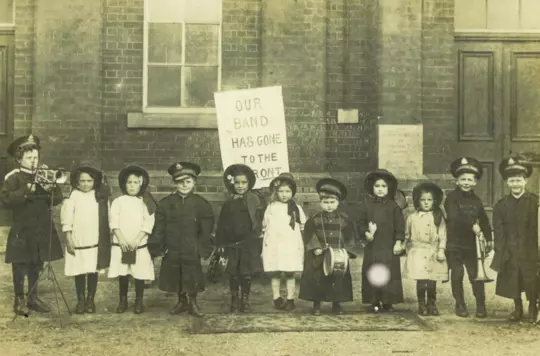
The International Heritage Centre tells the story of The Salvation Army from its origins in the 1860s to the present, both in the UK and across the world.